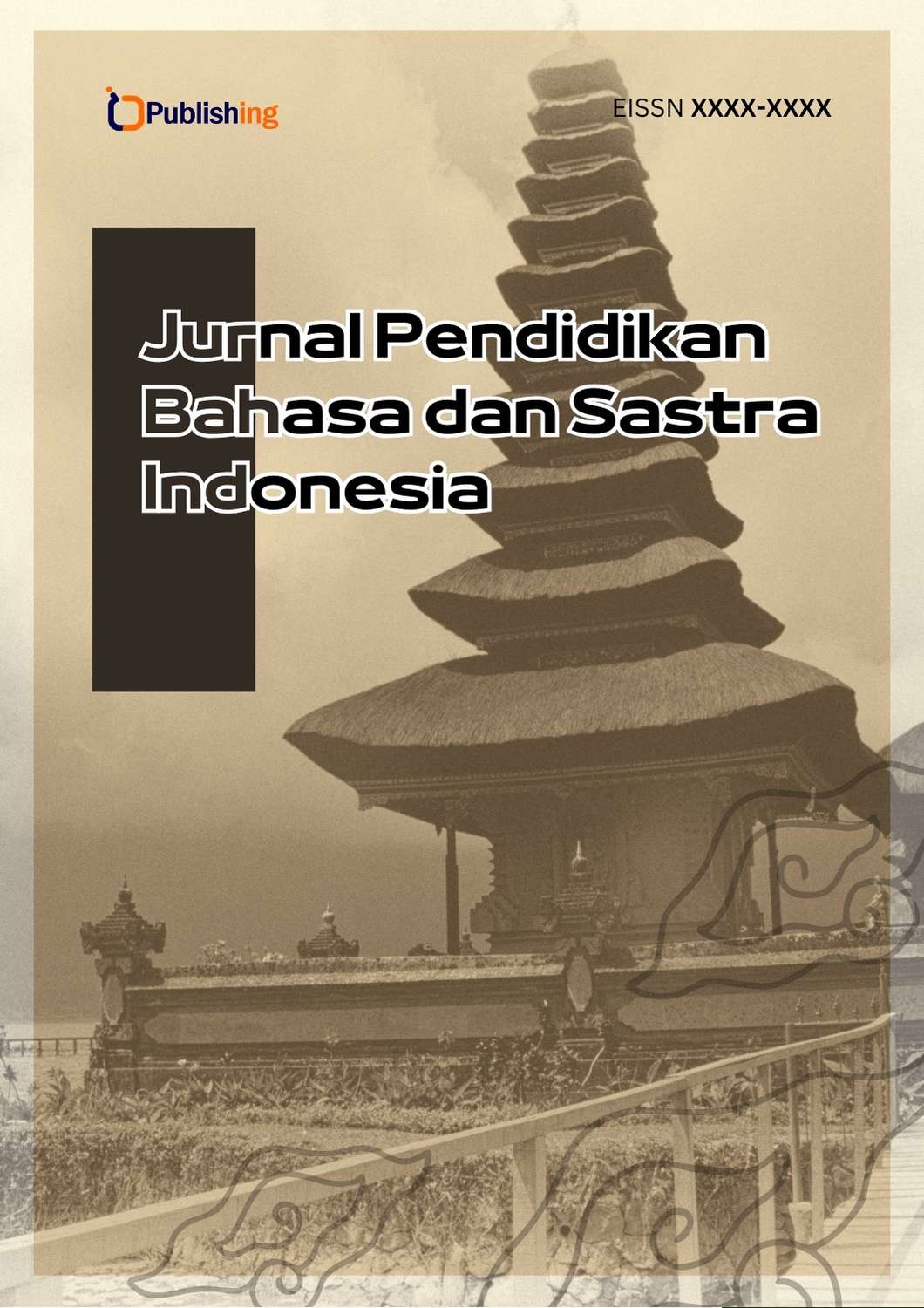Variable Phonetic Phenomena in Arabic: A Historical-Phonological Analysis
DOI:
https://doi.org/10.47134/jpbsi.v1i3.1757Keywords:
Arabic Phonology, Phonetic Variation, Vowel Shifts, Consonant Assimilation, Emphatic Consonants, Dialectal Variation, Historical Linguistics, Qur’anic Phonetics, Arabic DialectsAbstract
This article examines the variable phonetic phenomena in the Arabic language through a historical-phonological lens. It explores key processes such as vowel shifts, consonant assimilation, emphatic consonant articulation, and dialectal variations, tracing their evolution from pre-Islamic Arabic to modern dialects. Drawing on historical texts, including the Qur’an and pre-Islamic poetry, as well as contemporary linguistic studies, the article highlights how phonetic changes reflect both internal linguistic developments and external influences. Challenges in standardizing pronunciation across Arabic dialects and implications for modern linguistic studies are also discussed. The analysis underscores the dynamic nature of Arabic phonology and its significance in understanding the language’s historical and cultural evolution
References
Al-Wer, E. (2007). The formation of the dialect of Amman: From chaos to order. In C. Miller, E. Al-Wer, D. Caubet, & J. C. E. Watson (Eds.), Arabic in the city: Issues in dialect contact and language variation (pp. 55–76). Routledge.
Arslonov, Z., & Ergashev, H. (2020). Alikhantora Soguniy's views on political governance in East Turkestan. Студенческий вестник, (32-2), 84–85.
Byun, K. (2014). Reanalysis of the Russian ikan’e. Russian Linguistics, 38(2), 213–228. https://doi.org/10.1007/s11185-014-9129-y
Cabal, Á. Arias. (2019). Phonetics and phonology of geminate consonants in Cuban Spanish. Moenia, 25, 465–497.
Caubet, D. (1993). L’arabe marocain. Peeters Publishers.
Dilley, L. C. (2014). Phonetic variation in consonants. Journal of Child Language, 41(1), 153–173. https://doi.org/10.1017/S0305000912000670
Fischer, W., & Jastrow, O. (1980). Handbuch der arabischen Dialekte. Harrassowitz Verlag.
Hale, M. (2023). The Phonological Enterprise. https://doi.org/10.1093/oso/9780199533961.001.0001
Holes, C. (2004). Modern Arabic: Structures, functions, and varieties (Revised ed.). Georgetown University Press.
Islamov, Z., et al. (2021). Writing down of Hadiths in the VII–VIII centuries: Approaches and methods. Psychology and Education, 58(1), 5536–5545.
List, J. M. (2022). A new framework for fast automated phonological reconstruction using trimmed alignments and sound correspondence patterns. LChange 2022: 3rd International Workshop on Computational Approaches to Historical Language Change, 89–96. https://doi.org/10.18653/v1/2022.lchange-1.9
Makhsudov, D. (2019). A genius of the world. Theoretical & Applied Science, (5), 544–548.
Makhsudov, D. R. (2019). Муфассиры Мавераннахра в средних веках. Theoretical & Applied Science, (12), 539–543.
Martínez, V. (2012). Assimilation processes in the late stages of phonological development. Psicothema, 24(2), 193–198.
Meloni, C. (2021). Ab Antiquo: Neural proto-language reconstruction. NAACL HLT 2021: Conference of the North American Chapter of the Association for Computational Linguistics – Human Language Technologies, 4460–4473. https://doi.org/10.18653/v1/2021.naacl-main.353
Ng, B. K. (2024). L1 influence on stop consonant production: A case study of Malaysian Mandarin-English bilinguals. Asian Englishes, 26(2), 310–336. https://doi.org/10.1080/13488678.2023.2251743
Nicholson, R. A. (1922). The poems of Imru’ al-Qays. In Translations of Eastern poetry and prose (pp. 15–30). Cambridge University Press.
Owens, J. (2006). A linguistic history of Arabic. Oxford University Press.
Sefcikova, V. (2022). Converting sounds to meaning with ventral semantic language networks: Integration of interdisciplinary data on brain connectivity, direct electrical stimulation and clinical disconnection syndromes. Brain Structure and Function, 227(5), 1545–1564. https://doi.org/10.1007/s00429-021-02438-x
Semingson, P. (2021). Where is the evidence? Looking back to Jeanne Chall and enduring debates about the science of reading. Reading Research Quarterly, 56. https://doi.org/10.1002/rrq.405
Skoruppa, K. (2013). Early word recognition in sentence context: French and English 24-month-olds' sensitivity to sentence-medial mispronunciations and assimilations. Infancy, 18(6), 1007–1029. https://doi.org/10.1111/infa.12020
Skoruppa, K. (2014). Processing of phonological variation in children with hearing loss: Compensation for English place assimilation in connected speech. Journal of Speech Language and Hearing Research, 57(3), 1127–1134. https://doi.org/10.1044/2013_JSLHR-H-12-0371
Ugli, A. Z. Z. (2020). The place of Alikhantora Soguniy in the history of East Turkestan. Colloquium-journal, (24), 32–33.
Ugli, A. Z. Z., & Farxodjonova, N. (2024). Alikhantura Soguniy role in state administration in East Turkestan. Journal of Modern Islamic Studies and Civilization, 2(02), 128–132.
Valipur, A. (2018). Comparative studying of sound modification and their variation in the Russian and Persian languages. Russian Language Studies, 16(3), 279–286. https://doi.org/10.22363/2618-8163-2018-16-3-279-286
Vida-Castro, M. (2022). On competing indexicalities in southern Peninsular Spanish: A sociophonetic and perceptual analysis of affricate [ts] through time. Language Variation and Change, 34(2), 137–163. https://doi.org/10.1017/S0954394522000084






